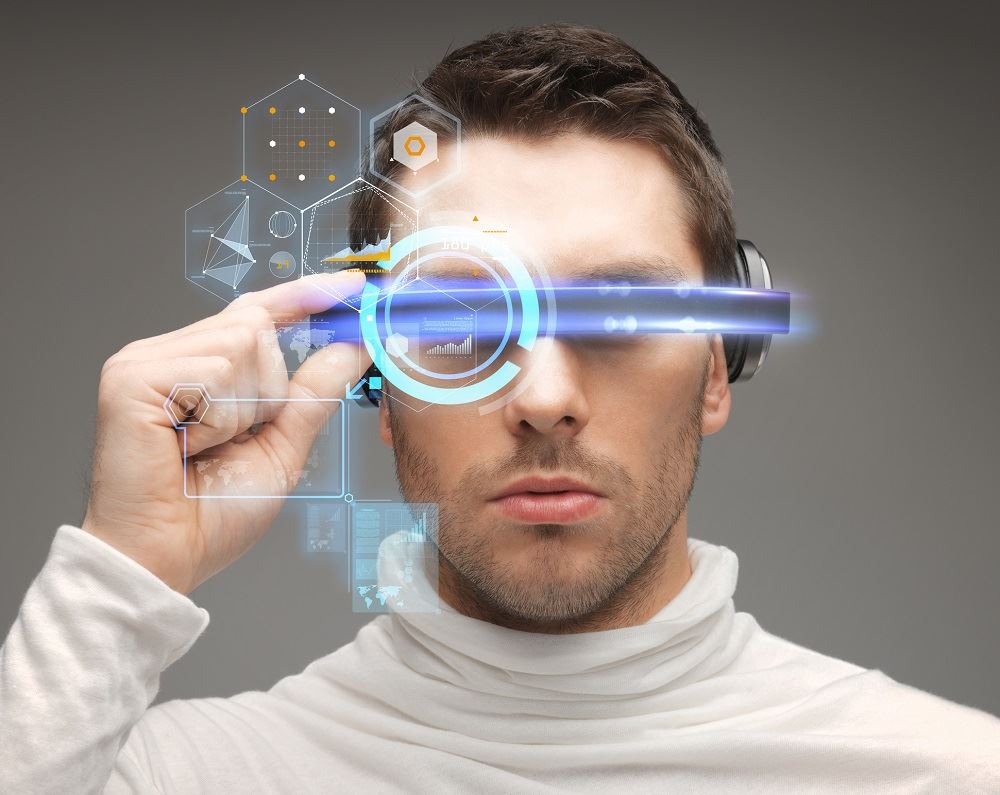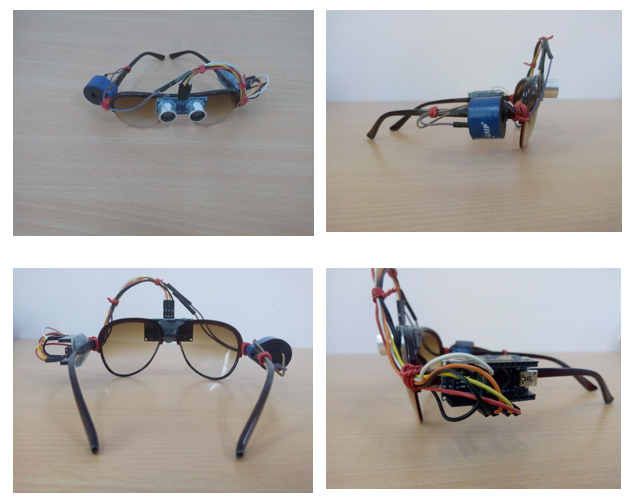Voice-Activated Assistive Devices: Empowering the Visually Impaired Through Innovation
Voice-Activated Assistive Devices: Empowering the Visually Impaired Through Innovation
Blog Article
Discover Advanced Assistive Tools for People With Aesthetic Disabilities
The landscape of assistive innovation for people with visual problems is advancing quickly, presenting an array of innovative devices that enhance autonomy and engagement. From clever glasses that perfectly combine aesthetic input with acoustic guidance to advanced navigation applications that redefine spatial recognition, these devices are reshaping opportunities.
Smart Glasses Innovations
Smart glasses stand for a substantial advancement in assistive innovation for people with visual disabilities. These cutting-edge devices incorporate various attributes designed to improve the individual's communication with their setting. Outfitted with sensing units and cameras, wise glasses can catch real-time aesthetic information, which is after that processed and conveyed to the individual via audio feedback or haptic feelings. This functionality enables people to obtain instant descriptions of their surroundings, enhancing their capacity to involve and browse with the world.
Furthermore, improvements in expert system have additionally boosted the abilities of smart glasses. Artificial intelligence algorithms can identify faces, reviewed message, and determine items, making them indispensable devices for day-to-day tasks. Individuals can get acoustic signs that supply context concerning their environment, fostering freedom and confidence.
Additionally, the ergonomic style and lightweight nature of lots of wise glasses make them suitable for long term use, guaranteeing convenience while enhancing performance. As these devices continue to develop, they hold the prospective to revolutionize the method individuals with aesthetic problems experience their every day lives, bridging the space between accessibility and technology. The continuous r & d in this area promise to expand the possibilities for wise glasses, making them a vital element of modern-day assistive devices.
Navigation Apps and Tools
Many navigating apps and tools have actually arised as important sources for individuals with visual impairments, substantially enhancing their capacity to pass through strange settings. These innovations utilize general practitioner functionality, audio hints, and real-time information to offer users with accurate navigating help.
One popular instance is the Aira app, which links customers to trained agents who can offer aesthetic descriptions of environments and navigating guidance with an online video feed. This service enhances the customer's spatial understanding and self-confidence while browsing. One more notable tool is Seeing Eye GPS, which supplies voice-guided navigating and sights, enabling customers to accessibility important info about their environments.

As modern technology continues to advancement, the development of much more innovative navigation tools assures to additional empower people with visual disabilities, facilitating seamless flexibility and assimilation into diverse settings. Such developments are critical in promoting an extra comprehensive culture.
Braille Technology Developments
In current years, innovations in Braille technology have dramatically changed just how people with aesthetic disabilities gain access to details and engage with the world around them. The development of portable Braille display screens has changed analysis by allowing individuals to link wirelessly to tablets, computers, and smartphones. These gadgets transform text into Braille in real-time, enabling seamless communication with electronic web content.
Moreover, innovative Braille printers have actually arised, improving the what is od in optometry production of responsive products. Modern embossers are faster and a lot more efficient, enabling the quick production of Braille files and instructional materials. This efficiency decreases the time and price connected with producing Braille sources, making them extra obtainable to schools and organizations.
In addition, the assimilation of Braille with various other technologies, such as expert system and equipment discovering, has actually opened new avenues for tailored discovering experiences. Voice recognition and synthesis innovations can enhance Braille, giving an inclusive approach to information circulation.
As the need for comprehensive education and learning and work environment atmospheres expands, these technological innovations play a crucial role in equipping individuals with aesthetic problems, ensuring they have equivalent access to info and possibilities in various facets of life.
Wearable Tools for Freedom
A growing variety of wearable gadgets is boosting independence for people with visual problems, supplying innovative remedies that boost navigating and day-to-day living. Braille displays and notetakers. These gadgets make use of sophisticated technologies to provide real-time responses and support, advertising autonomy in numerous atmospheres

Wearable innovation also consists of smartwatches that can be set with access attributes, making it possible for individuals to obtain alerts, track their areas, or also ask for help with the touch of a switch. Some tools include artificial knowledge to examine the environment, offering sound descriptions of nearby items or individuals.
Voice-Activated Assistive Solutions
Leveraging voice-activated assistive remedies has transformed the landscape of Recommended Site support for individuals with visual problems, giving hands-free interaction and accessibility to a selection of jobs. These innovations utilize natural language handling and fabricated knowledge to enable customers to carry out daily activities with straightforward voice commands.

Moreover, current developments in voice acknowledgment accuracy have actually enhanced the individual experience considerably, accommodating varied accents and speech patterns. This inclusivity ensures that more people can take advantage of these technologies, fostering a higher feeling of autonomy.
Verdict
To conclude, the development of innovative assistive tools considerably boosts the self-reliance and top quality of life for individuals with visual impairments. Developments such as smart glasses, navigation applications, Braille innovation, wearable gadgets, and voice-activated solutions jointly foster an even more comprehensive setting. These technologies empower users to navigate their environments with self-confidence and involve even more completely with the globe, inevitably advertising better accessibility and level playing fields for people encountering aesthetic challenges.
The landscape of assistive innovation for people with visual problems is evolving swiftly, offering a variety of ingenious devices that boost freedom and involvement.Smart glasses stand for a significant innovation in assistive innovation for people with visual problems. As these tools proceed to develop, they hold the potential to transform the means individuals with aesthetic problems experience their daily lives, linking the space between ease of access and innovation.In recent years, developments in Braille technology have actually considerably transformed how people with aesthetic disabilities access information and engage with the globe around them. These modern technologies empower users to browse their environments with self-confidence and involve more completely with the globe, ultimately promoting higher ease of access and equal opportunities for individuals facing visual difficulties.
Report this page